
Pushback to Modi govt's policy pronouncements has already started, it now has a very small window of opportunity to bring in reforms, says A K Bhattacharya.
Four and a half months after the formation of the Narendra Modi-led government at the Centre, international investors have now begun to ask questions on how realistic the expectations of a positive change in the business climate in India are.
Some of them are a little more restless than others and do not hesitate to ask for how long they should wait before things start looking better actually on the ground.
You could interpret these questions in two ways. One, these are signs of the international investing community’s collective angst over the failure of the past many Indian governments to fulfil the promises of big-bang reforms to realise the Indian economy’s latent potential.
They are hoping against hope that the Modi government does not let them down like the way many past governments clearly did.
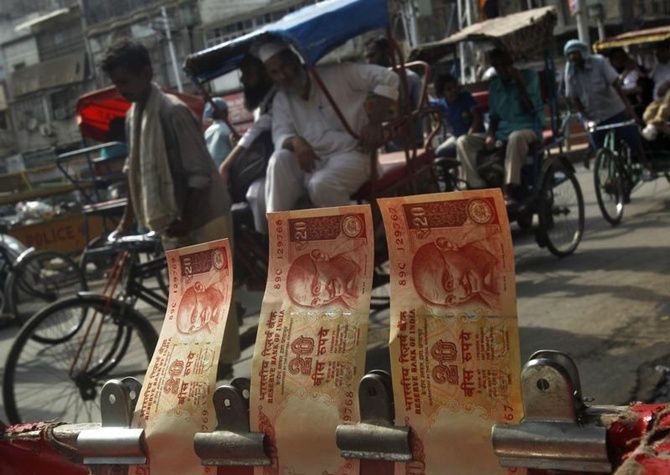
Two, the questions indicate how well the Modi government has ramped up expectations of change and a better economic policy regime and, therefore, they are keen on knowing what the timeline for implementing the promised action plan would be.
Why only the international investing community? Even some leading lights of Indian industry have begun airing their views that suggest that the Modi government should now show some quick action by implementing bold decisions - on disinvestment, changes in land acquisition and labour laws, and dismantling the administered pricing regime for diesel.
These are all very legitimate questions and concerns. An analysis of what has already changed would, therefore, be in order. Even more important would be an assessment of what kind of challenges those changes would face in the coming months.
The changes that have already taken place can be seen in three areas. One, the macroeconomic scenario has improved significantly.
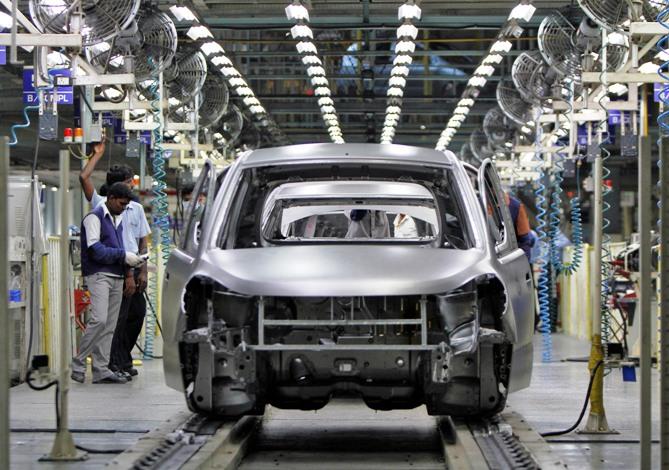
The programme for fiscal consolidation is on course with the government unlikely to miss its target of containing its fiscal deficit within 4.1 per cent of gross domestic product or GDP.
The balance of payments situation, too, is under control with the current account deficit expected to stay at around two per cent of GDP, compared to 1.7 per cent last year. These improvements are evident not because the government’s revenues have spurted or exports have staged a dramatic recovery.
The real reason is international crude oil prices have fallen from $115 a barrel in June to less than $90 a barrel - a fall of over 20 per cent. These prices are likely to remain depressed for the remaining months of the year.
Thus, the government’s subsidies bill on account of oil and fertilisers will see a huge drop helping the fisc and the trade gap will shrink further keeping the current account deficit under check.
An additional benefit of a fall in oil prices will be seen in lower inflation, which in turn can facilitate an easing of interest rates much before than was earlier expected.
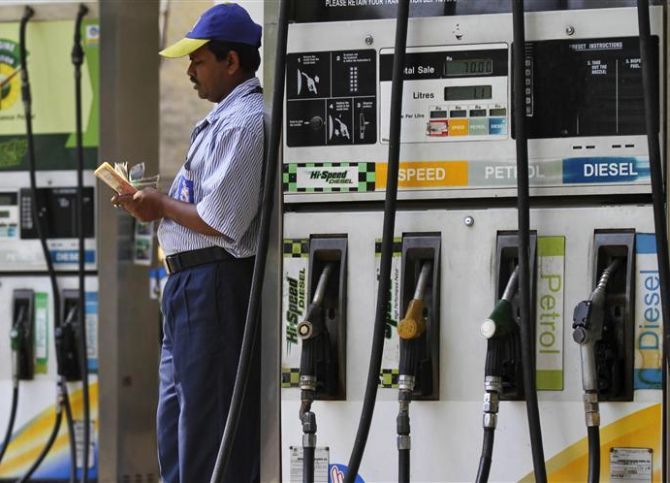
In other words, a single international development – a decline in crude oil prices – has made India’s macroeconomic scenario look so much better than what it was a few months ago.
Two, the governance structure at the Centre has changed under Narendra Modi. A strong Prime Minister’s Office is at the helm where decisions are expected to be taken without any fuss and delay.
Gone are the earlier clutter and cacophony of voices over decision-making. The idea of over three dozens of groups of ministers to decide on what policies must be adopted has been cast aside and the ministers are made to come forward with their proposals so that the prime minister can take a view and then, hopefully, a quick decision.
Yes, Cabinet meetings do take place to decide policy, but the prime minister is seen as the key man in charge taking all the initiatives and getting them implemented.
Three, the Modi government must be credited for having made some robust policy announcements. The resolve to reform labour laws and remove rigidities in the land acquisition legislation is commendable.

The prime minister has gone all out to attract huge foreign investments from Japan, China and the United States to meet India’s crying need for setting up new manufacturing facilities and meeting the infrastructure gap.
Signals have been sent out to soften the burden of the food security and job guarantee laws on central finances by reducing their coverage or incentives.
All the three developments should gladden the hearts of all investors — domestic and overseas alike.
Yet there are doubts over the feasibility of these initiatives bearing fruit and the Modi government fulfilling the high expectations it has raised in the last few months.
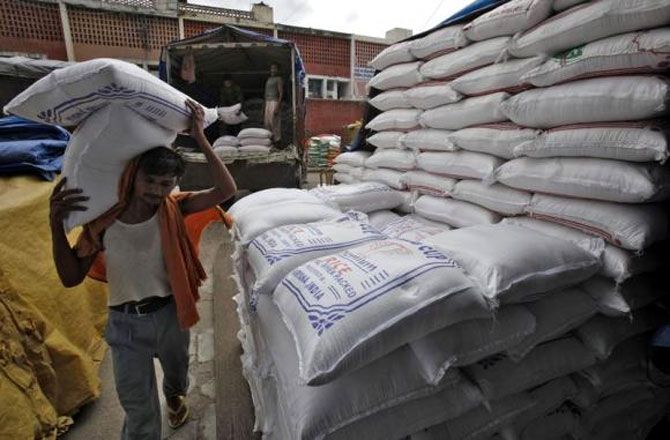
And there are four good reasons why such questions are being raised. One, the transformation of the macroeconomic scenario, triggered as it is by the fall in international crude oil prices, has offered the Modi government only a small window of opportunity.
This opportunity may not last for long. Crude oil prices may well rise again and even if they don’t, the year-on-year benefits of such a price correction will disappear next year. So in the next couple of months, the Modi government has to usher in the necessary pricing reforms in the petroleum products sector, which has the biggest impact on the entire economy.
These reforms alone can ensure durable benefits for both fiscal consolidation and containment of the current-account deficit.
Two, a strong prime minister has also meant over-centralisation of the decision-making process. The problem has been aggravated by the acute talents crunch the government is facing at the ministerial level.
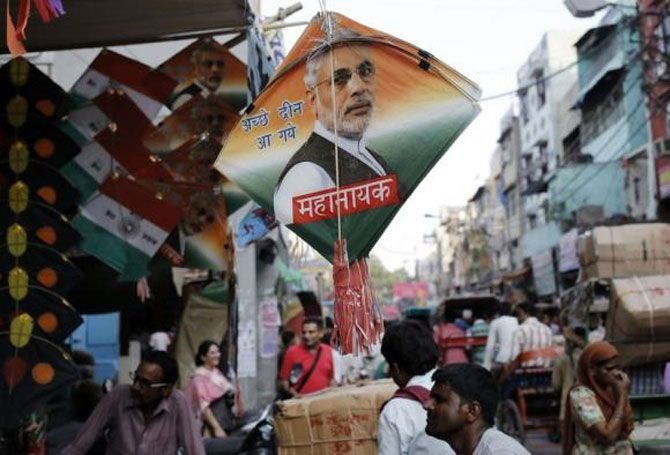
Three, there are difficult political roadblocks in the many legislative reforms the Modi government has formed as the Bharatiya Janata Party’s strength in the Rajya Sabha is not good enough to get these initiatives passed by the upper house of Parliament.
Four, the Modi government has realised within the first few months of its tenure at the Centre that the Indian polity does not easily accept tough decisions taken in one go.
Instead, it is more comfortable accepting incremental changes that cause less pain and increase their acceptability.
The disconcerting development is that the pushback to the Modi government’s policy pronouncements is already being seen. Opposition political parties have begun spreading the campaign that the new government is preparing to take away the people’s rights to jobs, food and land by amending the laws that were framed by the last government.
The window of opportunity for change for the Modi government seems to be very small.
If that is lost, the international and domestic investing community may have to live on hope for a long time to come.











